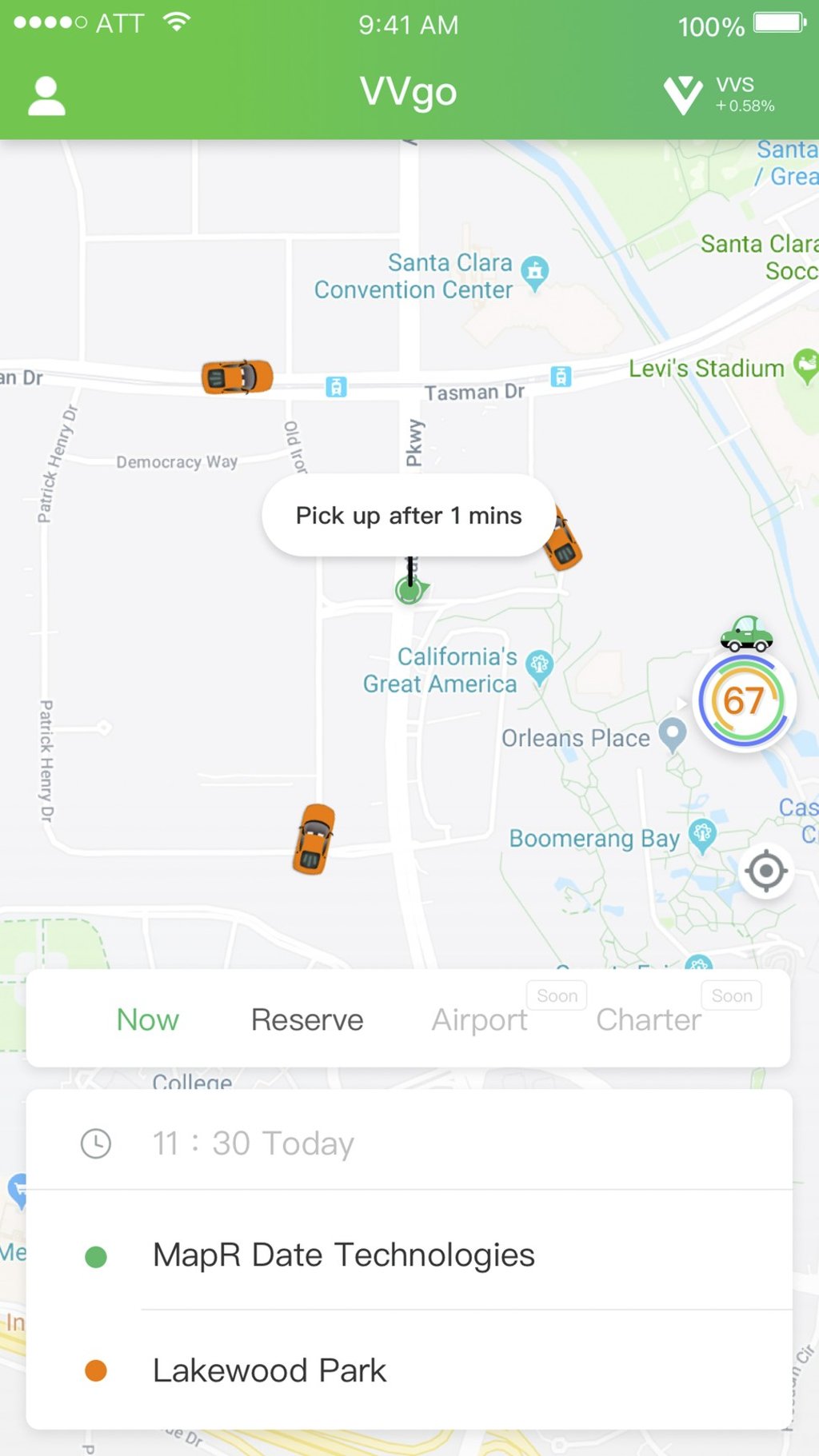This ride-hailing pioneer thinks blockchain can solve the ride-hailing safety crisis in China
The new VV Go platform aims to address the passenger safety concerns in China’s ride-hailing market, while boosting the income of drivers

Kuaidi Dache founder Andy Chen Weixing was forced out of China’s ride-hailing industry in 2015 after his company merged with competitor Didi Dache to end a ruinous price war and form a larger service provider, Didi Chuxing.
As the management at ride-hailing giant Didi struggles to contain the fallout from a second passenger killed in three months, the 35-year-old entrepreneur is back with a new blockchain-based app called VV Go that seeks to improve passenger safety and increase the income of drivers.
Both elements are sorely needed by China’s ride-hailing industry, which has been rocked by the death of two young women passengers on Didi’s carpool-like Hitch service within the space of three months. Chen’s one-time industry rivals Cheng Wei and Jean Liu Qing – Didi’s chief executive and president, respectively – issued a mea culpa on Tuesday for the company’s role in the death, saying that “breathless expansion” had caused the start-up to lose sight of its original goal of improving transport.
“I think a good design of rules can definitely help improve safety, and blockchain is the very thing to design better rules,” Chen said in an interview.

A blockchain-powered ride-hailing platform will be able to share information about drivers and rides among all users in a timely and transparent manner, he said. If a passenger, for example, sends out an emergency call, the shared network would enable other drivers and even the police to respond quickly.